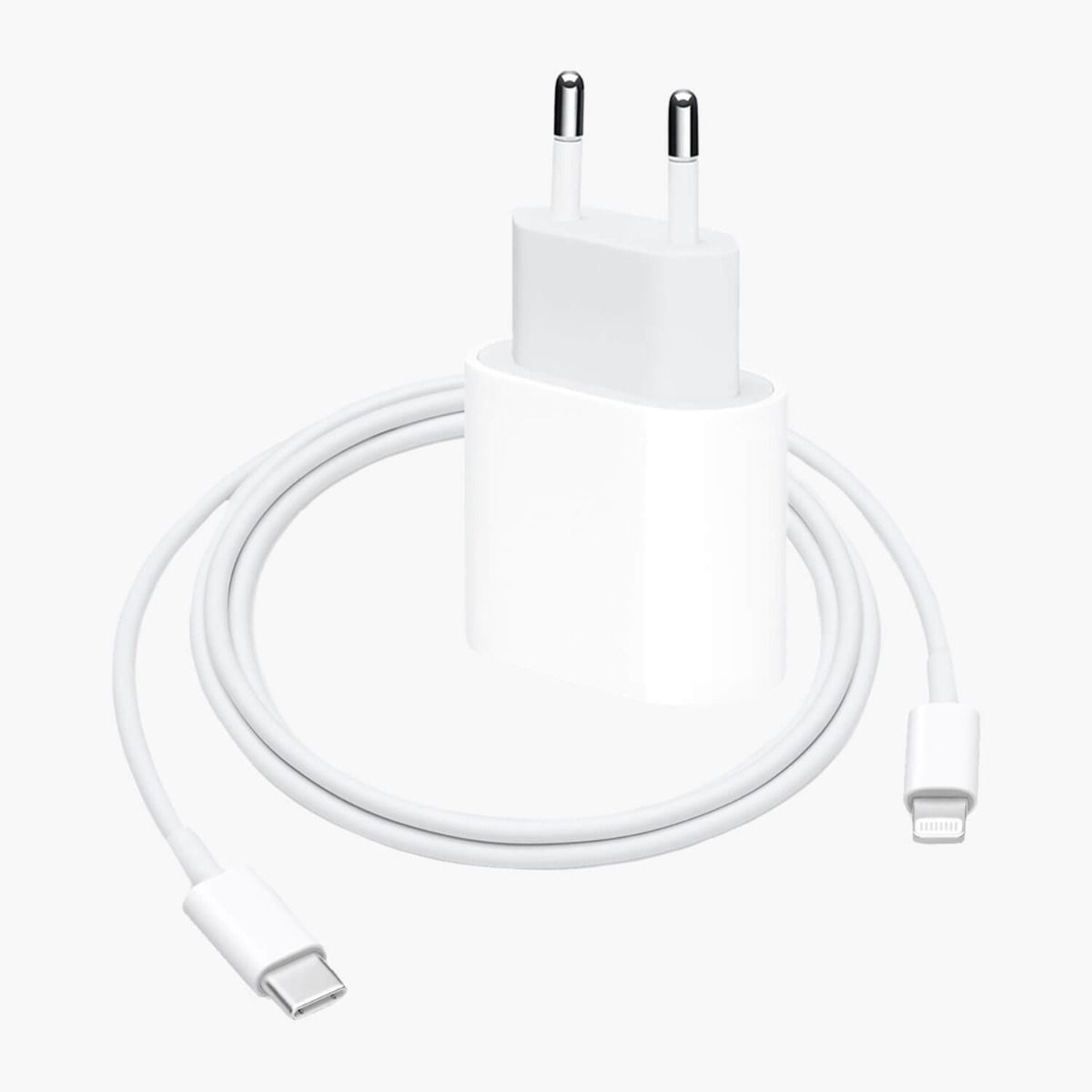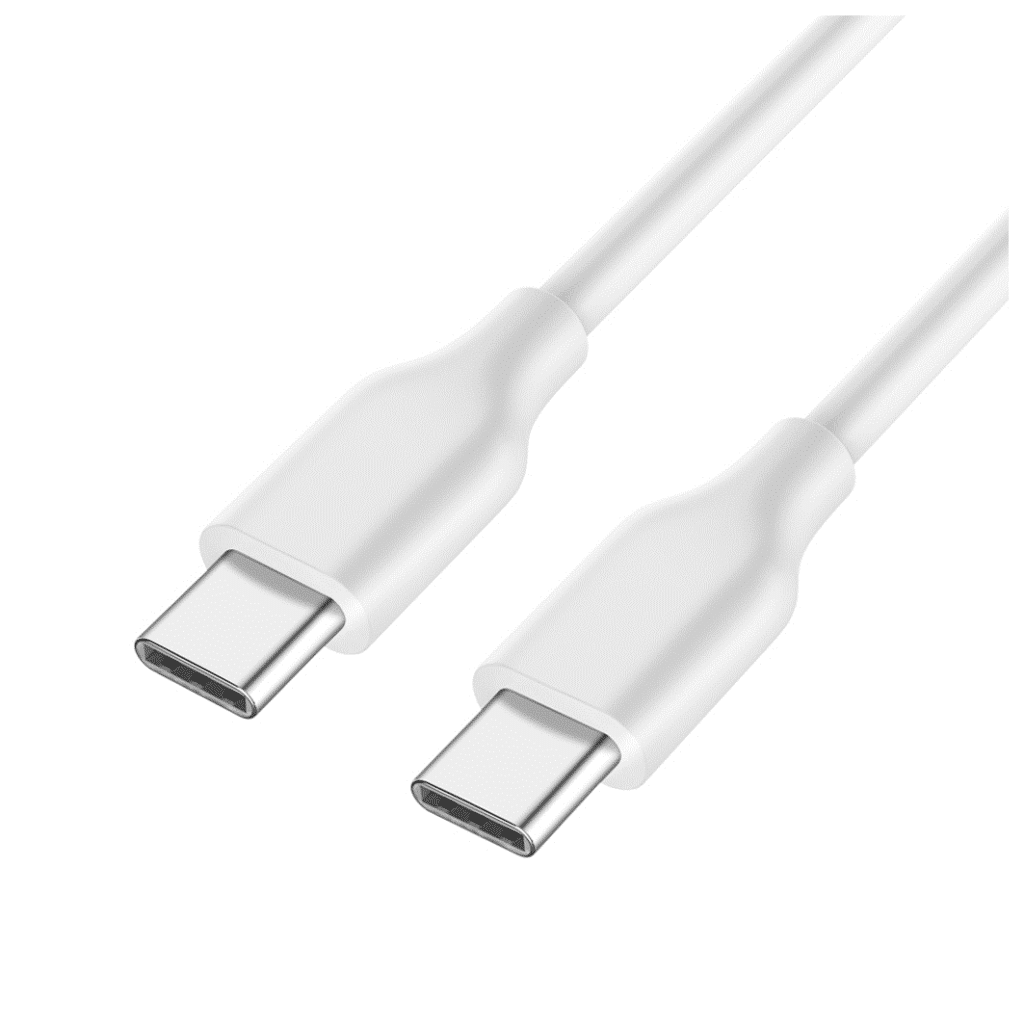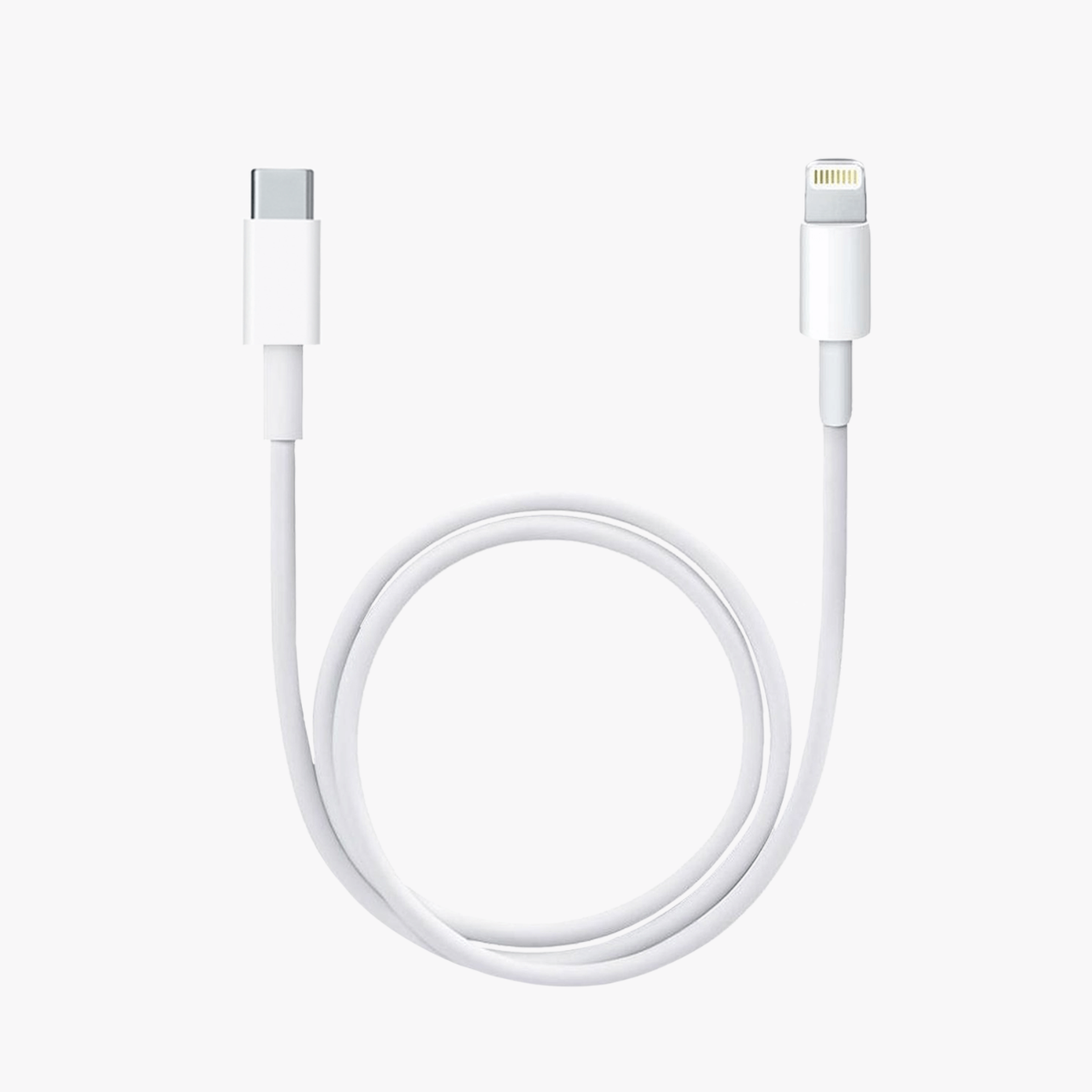Why cheap cables cost you dearly
That new three-euro cable. Tempting, right? Your refurbished iPhone charges just fine. And the Apple one costs fifty euros. It's ridiculous to pay that much for a simple cord.
But here's what phone repairers don't tell you: they make their money mainly from devices that break down because of cheap cables . Not from cracked screens or water damage. From three-euro cables.
Repairing a burnt-out charging port on your refurbished MacBook ? Four hundred euros . And Apple often refuses warranty coverage if they find traces of uncertified cables. That "expensive" original cable suddenly starts to sound quite reasonable.
What exactly happens in your phone when you connect it to that budget cable? The answer explains why repairers can buy new cars.
Useful links
The problem with cheap alternatives
That budget cable from Action or AliExpress seems like a smart choice. Why pay fifty euros for a simple cord when you can get it for three? Phone repair shops know better. Their workshops are overflowing with devices that have been damaged by precisely these "bargains." Not by falling or getting water damaged, but by cables that apparently do the same job as the original.
The reality is less rosy. A burned-out charging port can easily cost you four hundred euros in repairs. Apple often refuses warranty coverage if there are signs of uncertified accessories. That forty-seven euro saving suddenly becomes a cost of hundreds of euros. Repair shops don't drive new cars for nothing—their revenue comes largely from this type of damage.
What makes a cable certified?
A certified cable carries the MFi logo (Made for iPhone/iPad/iPod). This means the manufacturer collaborates with Apple and meets strict technical requirements. The chip in the connector communicates with your device and regulates voltage and current. This communication prevents overload and protects the delicate electronics in your device.
Uncertified models lack this protection. They use cheap components that poorly regulate voltage. The result: fluctuating currents that can damage your battery or even burn out the motherboard. The cable might work for a few weeks, but the damage accumulates invisibly.
Recognizing counterfeits
Counterfeit cables are becoming increasingly difficult to distinguish from the original. Look for these signs:
- Suspiciously low price (under ten euros)
- Missing MFi logo on the packaging
- Poor finishing of the connector
- Warnings on your iPhone about unsupported accessories
- Slow or inconsistent charging speed
The real cost of saving
An original Lightning cable costs around fifty euros. A USB-C cable for your MacBook is around seventy euros. That seems like a lot of money for a piece of wire with two connectors. But compare that to the potential consequences of a cheaper alternative.
A burned-out charging port means at least two hundred euros in repairs. For newer models, this can go up to five hundred euros because the entire logic board needs to be replaced. A swollen battery due to incorrect voltage regulation? One hundred and fifty euros if you're lucky. And that's not even mentioning data loss if your device finally gives up the ghost.
Lifespan and reliability
Cheap cables last an average of three months. The connector breaks, the insulation cracks, or the cord becomes internally damaged. So you buy four cables a year for three euros each—that's twelve euros. An original cable lasts two years with normal use. So, you'll spend twenty-five euros a year on the original versus twelve euros for the cheap one. The difference is thirteen euros a year for guaranteed safety.
Technical differences under the microscope
The chip in an MFi-certified cable does more than you might think. It not only regulates the power supply but also communicates with iOS about the optimal charging speed. At high temperatures, charging is automatically slowed down to prevent overheating. The cable also detects short circuits and shuts itself off before damage occurs.
Budget cables completely lack this intelligence. They pump power in without any control. Your iPhone has to provide all the protection itself, which puts extra strain on the processor and battery. This significantly shortens your device's lifespan. A battery that normally lasts three years needs replacing after just eighteen months.
Alternatives to the original cable
You don't necessarily have to buy the most expensive Apple cable. There are reliable alternatives that are also MFi-certified. Brands like Anker, Belkin, and Mophie offer high-quality cables for about half the price of Apple's. These manufacturers are officially partnered with Apple and use the same security chips.
Be careful where you buy. Even well-known brands have counterfeit versions. Therefore, buy from reputable retailers or directly from the manufacturer. A genuine Anker cable costs around twenty-five euros—still much more than the three euros on the market, but it's safe for your device.
Practical tips for cable management
A good cable deserves proper maintenance. Never coil the cord too tightly and pull on the connector, not the cable itself. Use a cable clip to prevent breakage at the connection. These are the weak points where most damage occurs.
Invest in multiple cables so you don't constantly use the same one. One for home, one for work, and one for the car. This spreads the wear and tear and prevents you from being without one if one breaks. For heavy use, this is even cheaper than lugging one cable around everywhere.
The decision is yours
Ultimately, you decide how much risk you're willing to take. That three-euro cable will probably work flawlessly for a while. But when things go wrong, you pay the price. Not just financially, but also in lost time, data, and the inconvenience of a broken device. For devices costing a thousand euros or more, a good cable isn't a luxury but a necessary investment in protection.
The bill always comes
That three-euro cable remains tempting, but the bill comes later . A burned-out charging port will cost you four hundred euros, a dead battery a hundred and fifty.
MFi-certified cables cost between twenty-five and fifty euros—a fraction of the potential repair costs. You don't necessarily have to buy Apple; brands like Anker and Belkin offer safe alternatives.
The difference between cheap and certified is thirteen euros per year. For devices costing a thousand euros, that's not a savings, but insurance . Phone repairers don't drive new cars for nothing.




